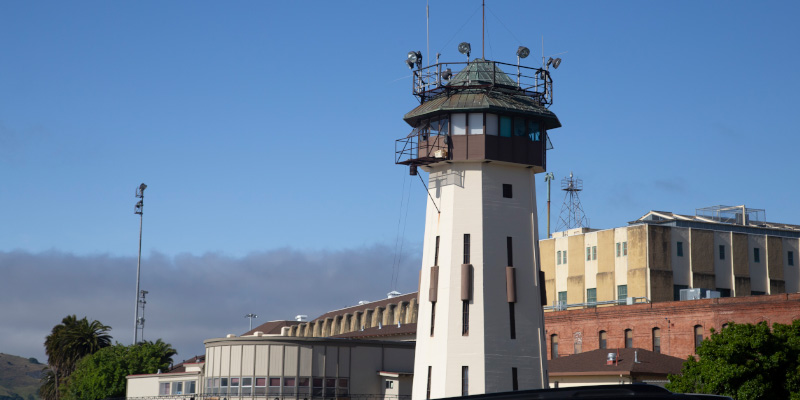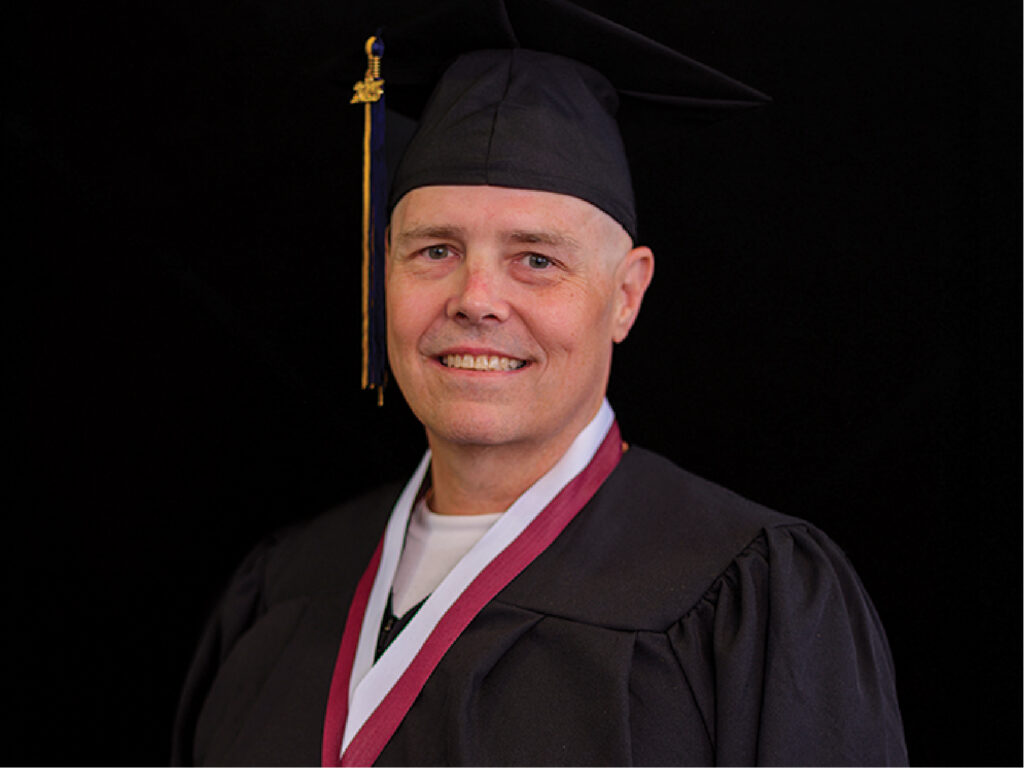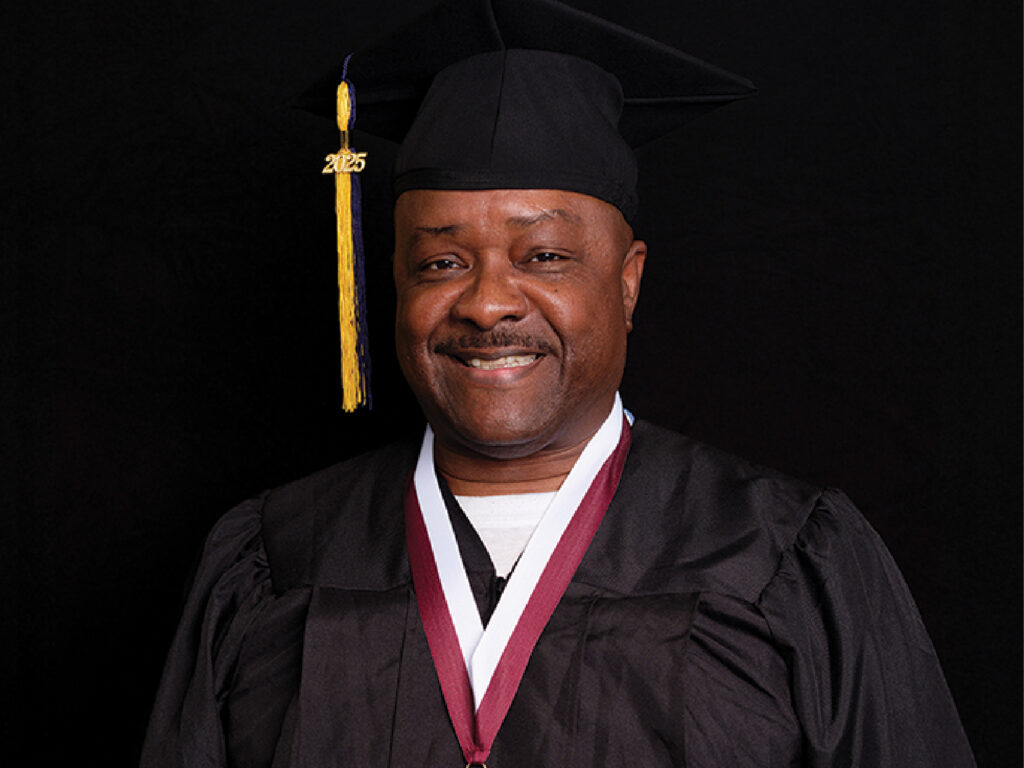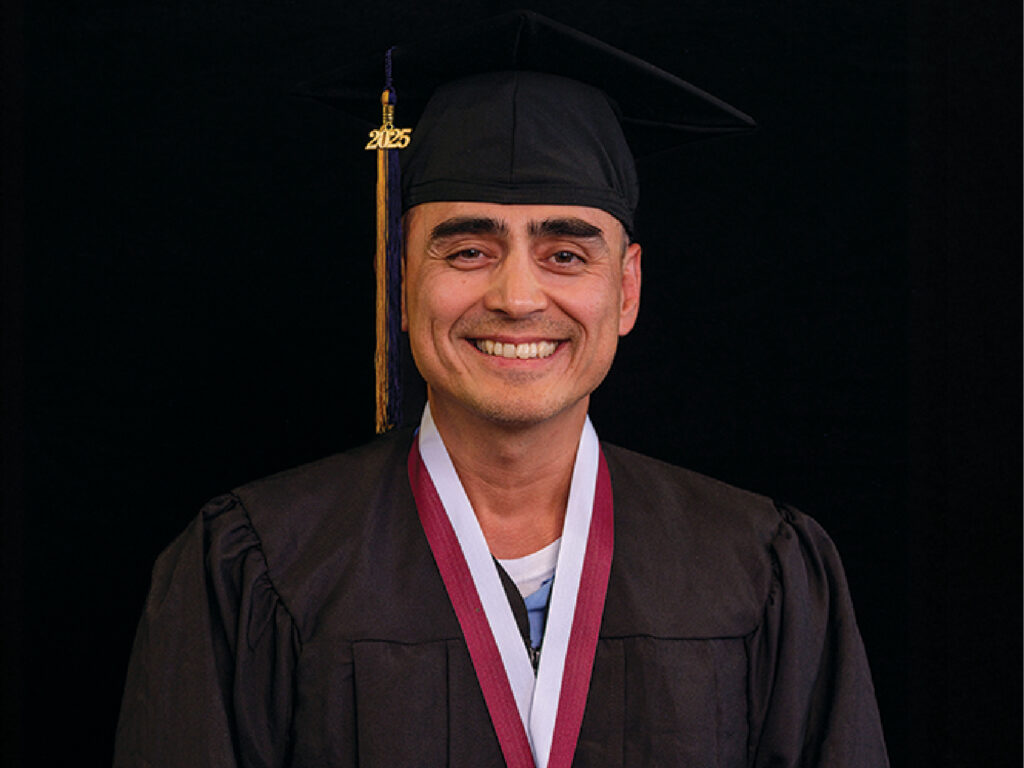Gov. Gavin Newsom announces plans for facility that was known for its death row
MARIN COUNTY, Calif.—California aims to turn San Quentin State Prison, one of the country’s oldest penal facilities, into a Scandinavian-style center for inmate rehabilitation that it hopes will become a new model for incarceration in America.
Gov. Gavin Newsom said Thursday the storied institution, built in 1852 on the shores of San Francisco Bay, will be renamed the San Quentin Rehabilitation Center and converted to focus on providing educational programs and other help for inmates making the transition back into society.
“California is transforming San Quentin—the state’s most notorious prison with a dark past—into the nation’s most innovative rehabilitation facility focused on building a brighter and safer future,” the Democratic governor said.
The idea represents a sharp turn from San Quentin’s harsh history. Resembling a medieval castle, the prison has housed some of the country’s most feared criminals and serial killers, from Manson Family cult leader Charles Manson to “Night Stalker” Richard Ramirez to “Freeway Killer” William Bonin.
In its death row, the largest in the U.S., 421 prisoners have been executed—215 by hanging and the rest by gas and lethal injection, including the Crips street gang co-founder Stanley Tookie Williams III, who was put to death in 2005. One of the institution’s bloodiest days took place on Aug. 21, 1971, when six men—three inmates and three guards—died in a prison riot.
Along the way, the prison has gained cultural significance—as the setting for the Jack London novel “The Star Rover,” about a former professor serving a life sentence, and a concert by the country singer Johnny Cash. That performance made an impression on a future country star, Merle Haggard, who was serving time following a conviction for armed robbery.
Over the past two decades or so, California prison officials have been shifting the focus of San Quentin—whose death row the governor ordered gradually shut down in 2019—to be more about rehabilitation.
The concept of emphasizing rehabilitation more than punishment has been gaining momentum around the world. In Norway, prisons have been redesigned to look more like college campuses, while in Sweden inmates are called clients and get job training. In the U.S., states including Colorado have embraced the rehabilitation approach more.
California officials cited statistics that show rehabilitation leads to lower recidivism. According to a 2014 report by the Rand Corp., inmates who participate in correctional education programs were 43% less likely to return to prison than those who didn’t. State officials said they spend $14.5 billion a year on prisons; 3.5% of that is on rehabilitation.
“This system isn’t working for anybody,” Mr. Newsom said during a visit Friday to San Quentin during which he addressed inmates, staff and media in a former mattress factory at the prison that he said was going to be used to house expanded education and help programs. “We have got to recognize that.”
With inmates in blue prison garb applauding his remarks, the upbeat mood was a contrast from the grim surroundings of the facility, where guards sit in towers and razor wire lines the walls. Media were let in through old iron doors and had to pass through several security checkpoints before arriving at the 81,000-square-foot factory, which has been closed for years.
Some said San Quentin is so old it would make better sense to tear it down and sell off the property, which lies on one of the last undeveloped stretches of San Francisco Bay in affluent Marin County.
“To throw more money at that prison seems crazy,” said Michael Rushford, president of Criminal Justice Legal Foundation, a victims’ advocacy group in Sacramento, Calif.
Marcus Robinson, senior marketing consultant for Coldwell Banker Realty in Mill Valley, Calif., said that San Quentin’s presence reduces by as much as 50% the number of prospective buyers for multimillion-dollar homes in nearby Tiburon within its view.
“I don’t know one person who wants to keep that prison in Marin County,” Mr. Robinson said.
Mr. Newsom said he and his staff considered closing San Quentin for cost reasons, but dismissed such a move because the prison already is a leader in rehabilitation in the state and benefits by its proximity to so many education programs and volunteers in the Bay Area.
“Had we shut it down, we would have fallen backwards,” the governor said.
San Quentin’s death row still housed more than 500 inmates as of the fourth quarter of last year, as the state, which hasn’t executed an inmate since 2006, moves them out of the facility.
Inmates considered less dangerous now experience a different type of incarceration. Rehabilitation has become a stronger focus at the prison over the past two decades or so, with a newspaper, film center and even podcast station started over that time.
When he transferred to San Quentin about 10 years ago following a stay at a higher-security prison, Eddie Herena couldn’t believe his good fortune. “During the day, it felt like a college campus,” said Mr. Herena, 39, who was paroled in 2018 after serving eight years for second-degree murder. “You get reminded you are in jail when you get locked in at night.”
Mr. Herena is now a photographer, a skill he honed while working on the prison newspaper, the San Quentin News.
Kate McQueen, an editor of the nonprofit Prison Journalism Project who volunteers at the paper, said inmates at San Quentin are always busy when she arrives. “There’s a very large yard, and you can see all sorts of people playing their instruments, working out,” Ms. McQueen said. “It’s a place where people incarcerated get to interact with people from the outside world.”
The governor’s new plan for San Quentin, which he aims to kick-start with $20 million in this year’s state budget, should boost enrollment of inmates at Mount Tamalpais College, a two-year program that now serves about 300 of the prison’s 3,300 inmates, said Jody Lewen, president of the liberal-arts school.
The prison’s current three classes in software coding and one in audiovisual engineering, which now serve 60 students, should also be expanded, said Sydney Heller, executive director of Last Mile, a nonprofit that puts them on.
Steve Brooks, who has served 29 years for crimes including robbery and burglary, said he hopes to get a job in journalism after earning two associate of arts degrees and working as the editor of the San Quentin News while in custody.
“It’s helped me learn how to become part of communities,” said Mr. Brooks, 51, who showed visitors around a newsroom with desktop computers in a former prison laundry.
Andrew Hardy, who is scheduled for release in 10 months after serving seven years for second-degree robbery, said it was in society’s interest for him not to commit any more crimes.
“I think the governor is honoring victims to get us prepared so there won’t be more victims,” said Mr. Hardy, 43, as he prepared the layout for next month’s San Quentin News.
Write to Jim Carlton at Jim.Carlton@wsj.com
Attributions: This article originally appeared in The Wall Street Journal on March 17, 2023. Photo courtesy of R.J. Lozada.












